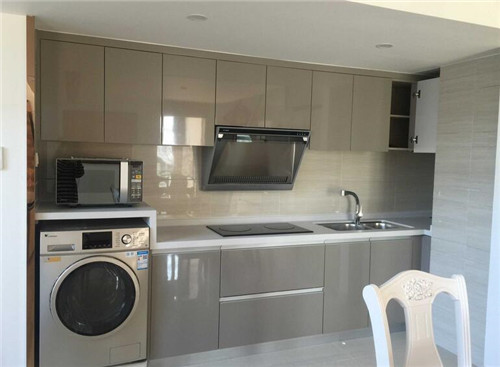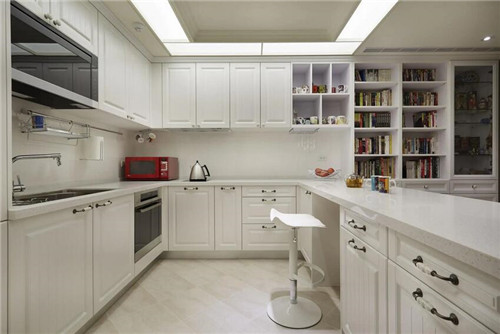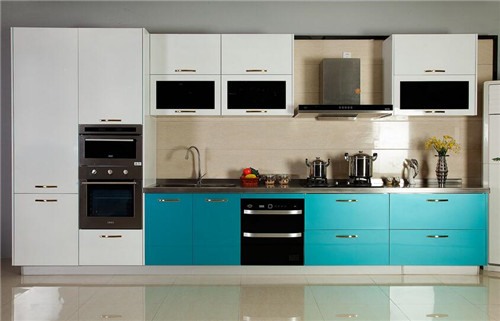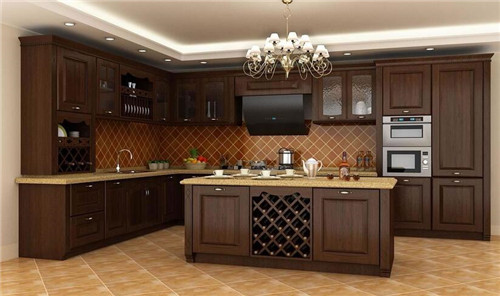In order to facilitate the storage of items and ensure optimum use of space, the dimensions of cabinets generally need to be set at appropriate values. So, what is the typical depth of a cabinet?
What's the Standard Depth for Kitchen Cabinets
The depth of a cabinet generally ranges from 550mm to 650mm, which is considered suitable. The depth of the cabinet needs to be selected based on actual circumstances. If you need to store larger appliances such as ovens or dishwashers, you might consider choosing a cabinet depth of 650mm. If you need to store even taller items, like bottles or large roasted ducks, you could opt for cabinet depths of 800mm or 990mm.

It's important to note that the selection of cabinet depth should also consider practicality; both excessively deep and shallow cabinets can affect the user experience. A cabinet that is too deep can make it inconvenient to retrieve items, while a cabinet that is too shallow may not be able to accommodate larger items. Therefore, when choosing the depth of the cabinet, it is advisable to select an appropriate depth based on the storage needs and usage habits of your household.

When setting the dimensions of a cabinet, several points should be considered:
1. Design the height and depth of the cabinet according to the height of family members and their usage habits for ease of access. Generally speaking, the height of the cabinet should be based on the user's height, allowing them to easily reach the top shelf while standing. The depth should take into account the sizes of stored items and ease of access. Typically, a depth of 600mm is standard and suitable for most households.

2. Consider the practicality of the cabinet, without overly pursuing decorative features at the expense of functionality. For example, avoid mounting the microwave inside the cabinet solely for aesthetic appeal, as it can create a safety hazard and make usage inconvenient.
3. Consider the storage capacity of the cabinet, designing its layout and dimensions based on the family's storage habits and the quantity of items. For instance, designing some drawers and shelves can help classify various items effectively.
4. Take into account the appearance and style of the cabinet, ensuring it harmonizes with the overall decor style and color scheme of the kitchen.
5. Pay attention to the materials used for the cabinet and countertop. Choose a board thickness of at least 18mm; thinner boards may not be durable. Be cautious that vendors do not substitute the multi-layer solid wood boards you selected with particle boards without your knowledge. For the countertop, it is best to avoid wooden and artificial stone materials, as they can be expensive and difficult to clean.
6. Consider the layout of water and electrical pipelines, as well as maintenance space; avoid placing pipelines and sockets inside or at the bottom of the cabinets to prevent impacting the cabinet's use and aesthetics.

This is a detailed introduction to the typical depth of cabinets. I hope it helps clarify any doubts. If you would like to learn more related knowledge, please continue to follow our website, where we will provide you with more comprehensive, detailed, and updated information.



